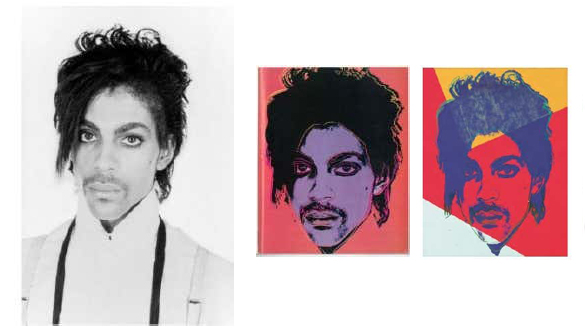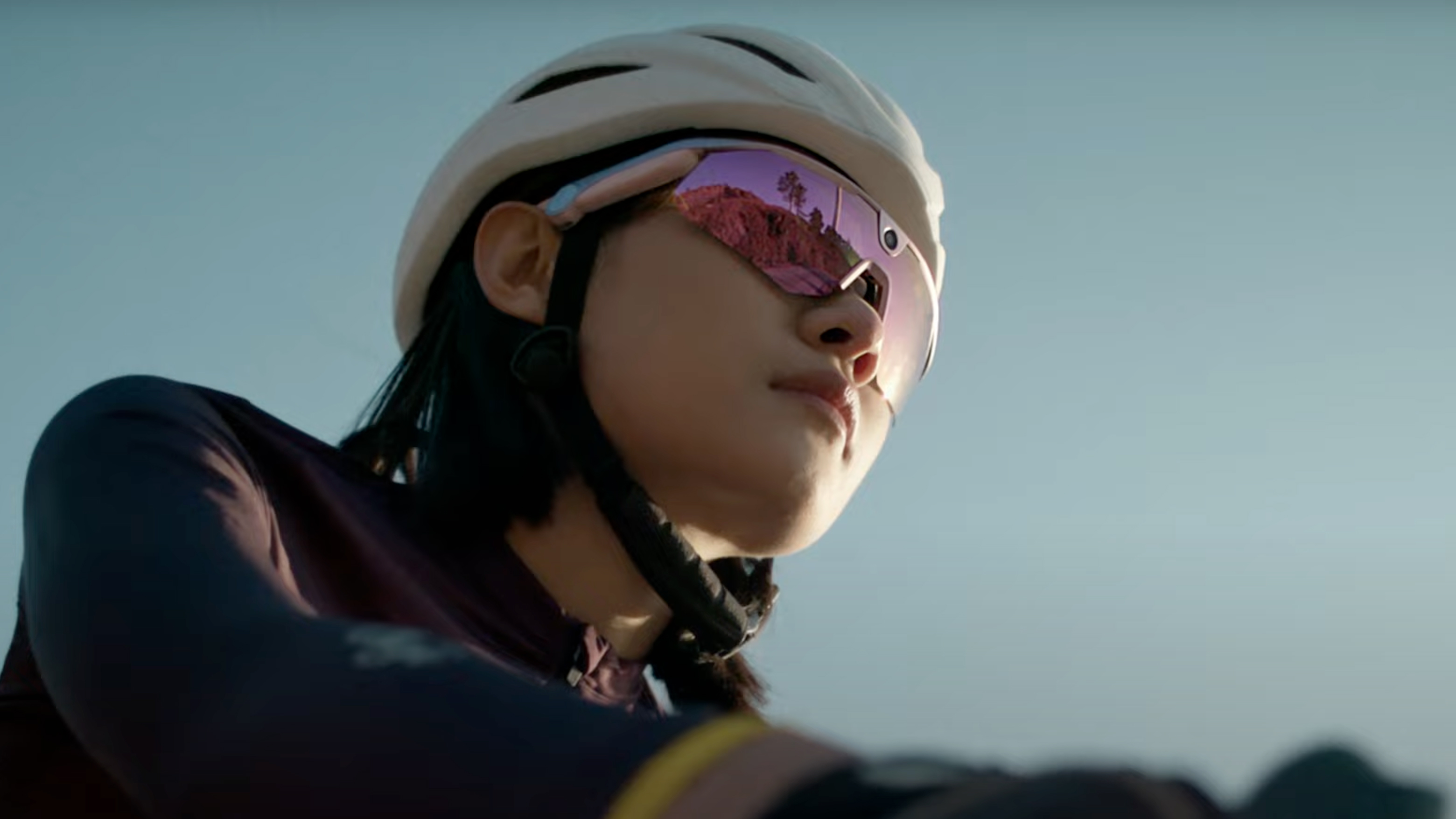Andy Warhol Foundation loses copyright battle, may have to pay photographer
The Supreme Court has ruled in favor of the photographer whose photo of Prince was used by Warhol without consent

The Supreme Court has voted in favor of Lynn Goldsmith, a music photographer who sued the Andy Warhol Foundation (AFW) for copyright infringement.
Goldsmith had discovered that Warhol had used a photo she took of the musician Prince, as the basis for a series of prints, but she wasn't credited. In a seven-justice majority, it was decided that Andy Warhol’s interpretation of her image would not fall under “fair use”.
• These are the best film scanners – digitize your film so that it lives on forever
Goldsmith’s battle against the AWF started in 2016 when she found that Warhol had used her image to create a total of 16 silkscreen prints - not just the one she had agreed to in 1984 for the Vanity Fair article, 'Prince Fame'.
After the musician's death in 2016, publisher Condé Nast reached out to the AWF and offered $10,000 (£8,000 / AU$15,000) to license all 16 prints for a commemorative piece on the Purple Rain artist – only this time, Goldsmith didn't receive a credit for the image or a single penny in licensing fees.
Andy Warhol's most famous works include vibrant screen prints of Campbell's Soup, Queen Elizabeth II, Elvis Presley and Marilyn Monroe. Warhol was so loved by some that one art collector paid a staggering $195 million (£158 million / AU$295 million) for an original meter-square print of Monroe at a Christie's auction in 2022, making it the most expensive piece of 20th Century art ever sold.
Many of the prints from the Prince series have sold for six-figure sums, and yet the only money Goldsmith has ever received from the image was the original $400 licensing fee.
Get the Digital Camera World Newsletter
The best camera deals, reviews, product advice, and unmissable photography news, direct to your inbox!
I feel like there are two types of people in the world: those who love the pop art movement and those who don't. I fall into the latter category; I've always found Warhol's work especially to be a little banal, overrated and overpriced, and while some see him as a pioneer of the pop art movement, I can't help but think of him as a fraud.
For somebody who claimed to be such a forward-thinking artist, who also apparently had a passion for cameras, I've always wondered why many of his pieces are based on the work of others. Why not take the images himself and create art that was entirely his own? Putting myself in Goldsmith's shoes, I can't help but feel incredibly frustrated for her that someone with so much power could use another artist's image seemingly with no care about crediting her properly or asking permission.
The US Supreme Court's 7-2 ruling in favor of Goldsmith is a promising result for other photographers, who feel as if their work has been misused by those more famous or with more influence. In a statement, Goldsmith commented that she was "thrilled by today's decision and thankful to the Supreme Court for hearing our side of the story. This is great day for photographers and other artists who make a living by licensing their art."
Warhol is not alone when it comes to basing his art on other people's photography – it just so happens that he is one of the most famous. But this ruling could have a serious impact on artists and galleries who use and display artwork inspired by another artist. How different does an image have to be from the original for it to be classed as fair use, and at what point does it go from transformative to exploitative?
Goldsmith's case has undoubtedly opened a can of worms, and I wouldn't be surprised if other lesser-known photographers and artists come forward and speak up about incidents where their artwork has been used without consent by people with a higher public profile.
If you'd rather take your own headshots, than appropriate them the way Warhol did, check out the best cameras for portraits along with the best lenses for portraits. You can also follow our tutorial on how to create a pop art portrait in Photoshop.

Having studied Journalism and Public Relations at the University of the West of England Hannah developed a love for photography through a module on photojournalism. She specializes in Portrait, Fashion and lifestyle photography but has more recently branched out in the world of stylized product photography. Hannah spent three years working at Wex Photo Video as a Senior Sales Assistant, using her experience and knowledge of cameras to help people buy the equipment that is right for them. With eight years experience working with studio lighting, Hannah has run many successful workshops teaching people how to use different lighting setups.
